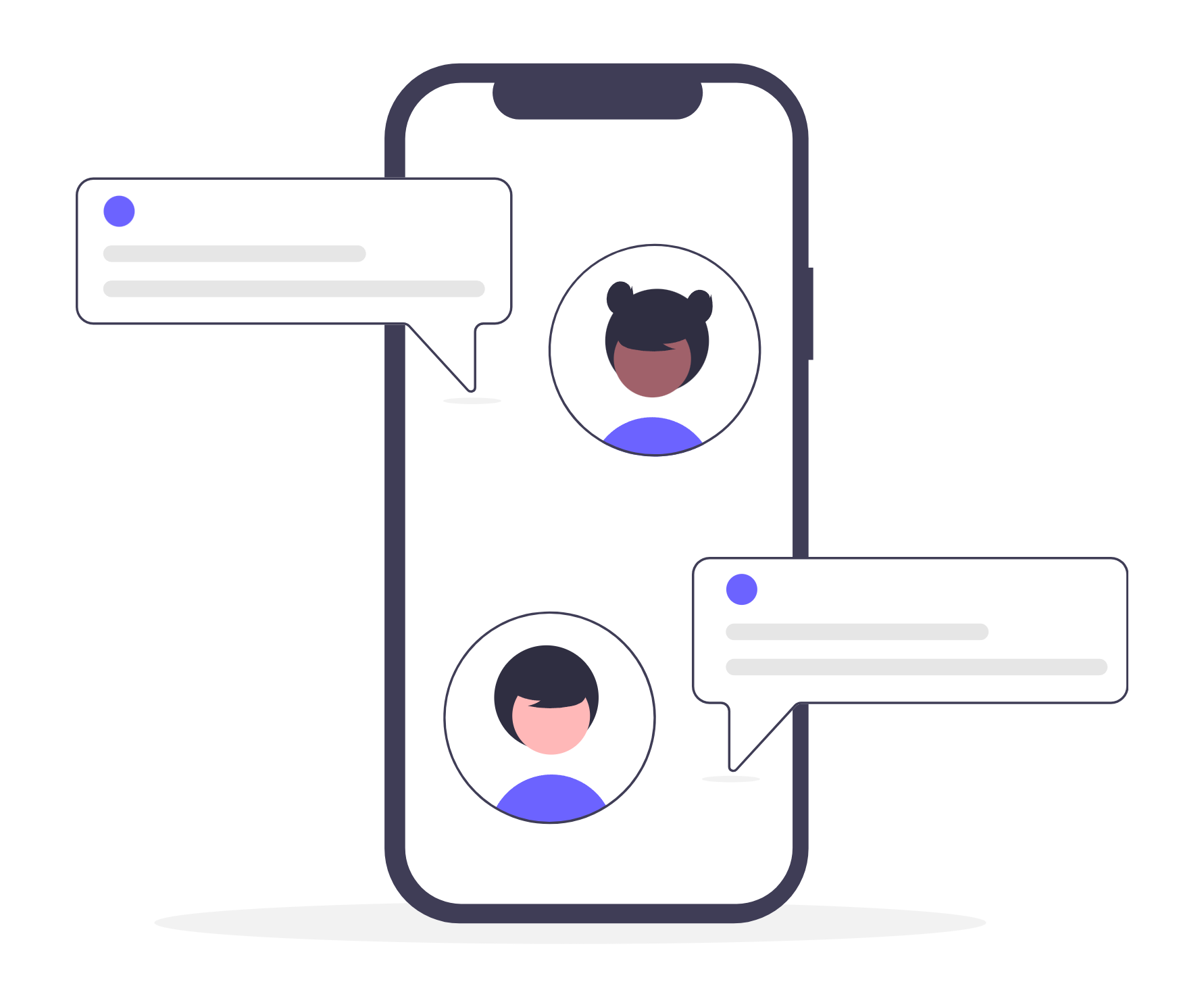Corporate training is undergoing a revolution with the adoption of AI-based technologies, especially chatbots. These tools have proven to be powerful allies in employee training, offering personalized, interactive, and scalable experiences. In addition to making learning more dynamic, chatbots are helping companies save time and resources while increasing employee retention.
In this article, we’ll explore how chatbots are transforming corporate training and present success stories that illustrate the benefits of this approach.
The Role of Chatbots in Corporate Training
Chatbots are artificial intelligence programs designed to interact with users in natural language. In corporate training, they act as virtual tutors, offering real-time support, answering questions, administering tests and adapting content to each employee's level of knowledge.
Main Features of Chatbots in Training
- Real-Time Feedback: Immediate assessment of employee performance, allowing instant adjustments in learning.
- Custom Content: Chatbots adapt training material based on each employee’s individual progress and needs.
- 24/7 Accessibility: Employees can access training anytime, anywhere, making it easy to learn across time zones.
- Interactive Engagement: Tools such as quizzes, simulations and gamification elements make learning more attractive.
Benefits of Using Chatbots in Training
1. Personalizing Learning
With the help of AI algorithms, chatbots can tailor training based on each employee’s knowledge level. This ensures that everyone receives the right support to maximize their performance.
2. Cost Reduction
Traditional training often requires face-to-face instructors and high logistics costs. With chatbots, companies can significantly reduce these expenses while maintaining the quality of learning.
3. Scalability
Chatbots can train hundreds or even thousands of employees simultaneously, something that would be impossible with traditional training. This is especially valuable for global companies.
4. Continuous Engagement
By incorporating interactive elements such as challenges and rewards, chatbots keep employees motivated throughout the learning process.
5. Monitoring and Analysis
Chatbots can generate detailed reports on employee progress, allowing managers to identify areas for improvement and adjust training programs as needed.
Success Stories in the Use of Chatbots
1. IBM: Advanced Technologies Training
IBM has implemented chatbots to train its employees on topics such as cloud computing, artificial intelligence, and cybersecurity. The chatbots deliver tailored content and administer quizzes to ensure participants are absorbing the knowledge. This approach has reduced training time and increased retention of information.
2. Walmart: Virtual Reality and Chatbots
Walmart is combining virtual reality and chatbots to train its employees in customer service and store management skills. Virtual reality provides an immersive environment for practice, while chatbots provide real-time support and feedback. This strategy has significantly improved team performance during peak periods like Black Friday.
3. Deloitte: Leadership Development
Deloitte created a training program to develop leadership skills in its managers. Chatbots simulate decision-making scenarios and provide immediate feedback based on the choices made by participants. This allowed managers to hone their skills in real-world situations.
4. Coca-Cola: Sales Training
Coca-Cola uses chatbots to train its sales teams on negotiation strategies and product knowledge. Employees can practice interactions with simulated customers and receive guidance on how to improve their approach. This solution has increased conversion rates and customer satisfaction.
How to Implement Chatbots in Corporate Training
1. Identify Your Company’s Needs
Before implementing a chatbot, it is essential to understand the training objectives and employee needs. This will help define the functionality required for the chatbot.
2. Choose the Right Platform
There are several tools on the market for creating chatbots, such as ChatGPT, Watson Assistant, and Microsoft Bot Framework. Choose a platform that meets your company's needs and allows integration with other systems.
3. Develop Relevant Content
Make sure content is personalized, relevant, and interactive. Use practical scenarios, quizzes, and simulations to make learning more dynamic.
4. Monitor and Adjust
Monitor chatbot performance and gather feedback from employees to identify opportunities for improvement. Update content regularly to keep it relevant.
The Future of Chatbots in Corporate Training
As artificial intelligence continues to evolve, chatbots are becoming even more sophisticated. Adaptive learning tools, augmented reality, and predictive analytics promise to transform corporate training into even more personalized and effective experiences.
Companies that embrace this technology are gaining a competitive advantage by training their employees in efficient and innovative ways. The future of corporate training is here, and it’s powered by chatbots and AI.





